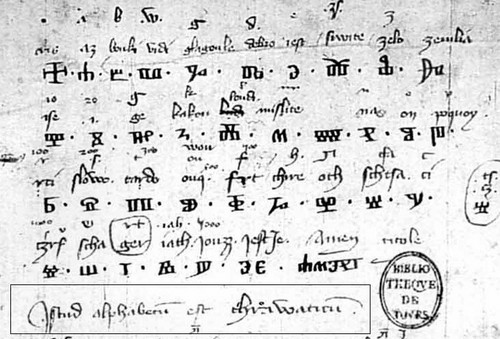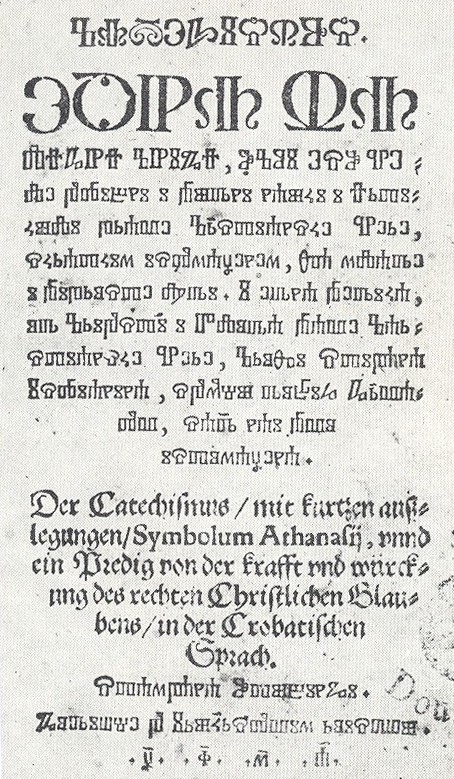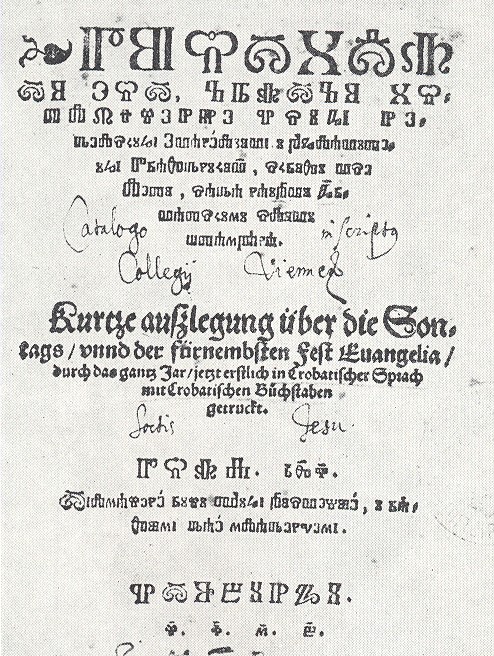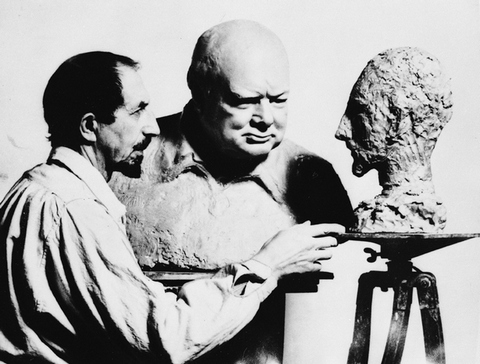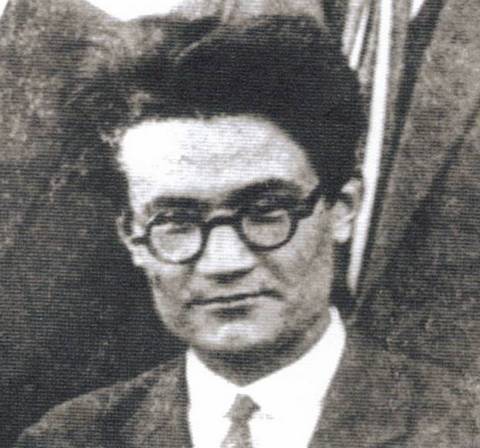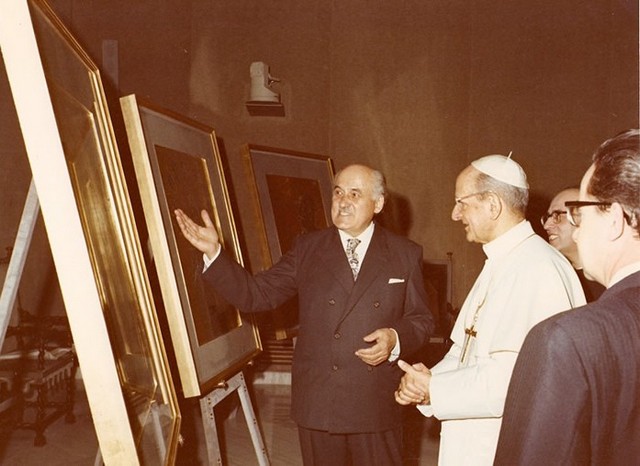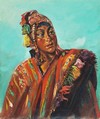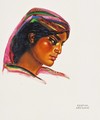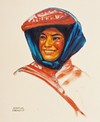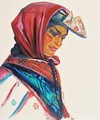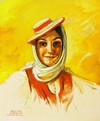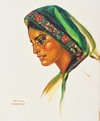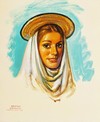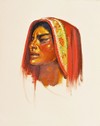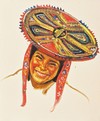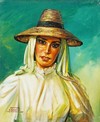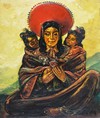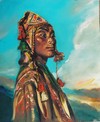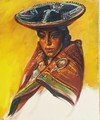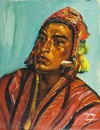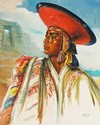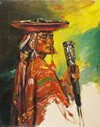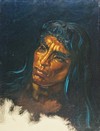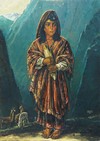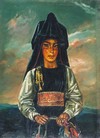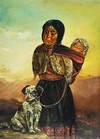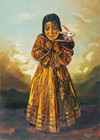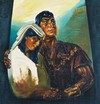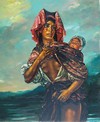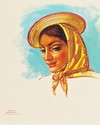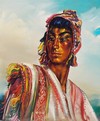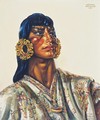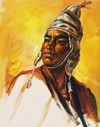| Art |
| Science |
| Latinists |
| Dubrovnik |
CROATIAN GALLERY
| Glagolitic Script |
| Music |
| Croats in BiH |
| Sports |
| Cravate |
| Parachute |
| Pen |
| Psychology |
| Dactyloscopy |
| R. Boskovic |
2005 2006 2007 2008 2009 2010 2011 2012 2013
Hrvat, Horvat = Croat; hrvatski, horvatski = Croatian
Bašćanska ploča, oko 1100.:
Zvonimir, kralj hrvatski
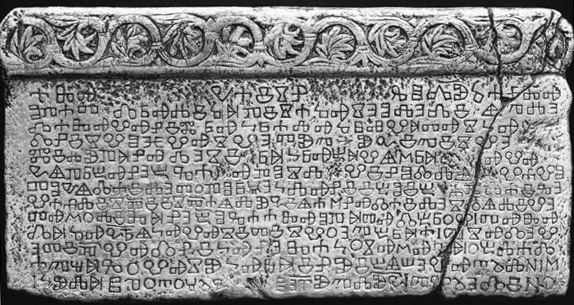
U trećem retku znamenite Bašćanske ploče čitamo:
|
|
|
|
|
|
|
|
************************
Istarski razvod, 1275.-1395.: hrvacko ime - preko 20 puta
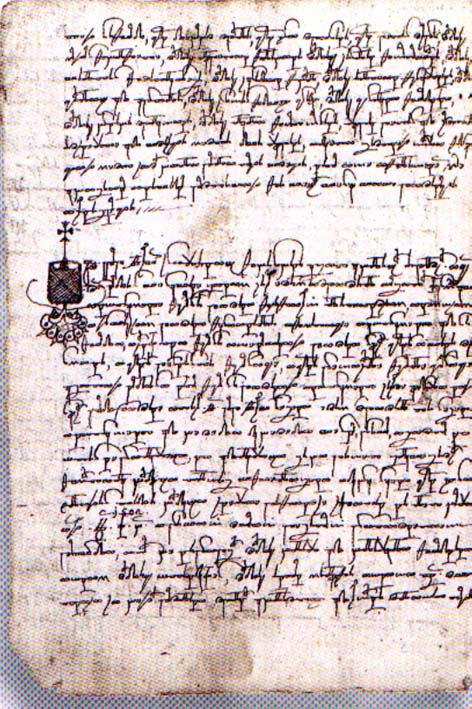
... I ondi gospodin Menart sluga naprid sta, i pokaza listi prave ... ke listi ondi pred nas trih nodari postaviše, keh ta gospoda izibra: jednoga latinskoga, a drugoga nimškoga, a tretoga hrvackoga, da imamo vsaki na svoj orijinal pisat, poimeno od mesta do mesta kako se niže udrži, po vsi deželi.
I tako mi niže imenovani nodari preda vsu tu gospodu pročtesmo kako se v njih udrži. I tako onde obe strane se sjediniše i kuntentaše i kordaše i razvodi svojimi zlamenji postaviše, i jednoj i drugoj strani pisaše listi jazikom latinskim i hrvackim, a gospoda sebi shraniše jazikom nemškim. ... itd. itd.
************************Vinodolski zakon, 1288.:
... hrvatski malik ... (malik = klerik koji biskupu nosi štap; u članku 1.)
Jošće niedan posal ni verovan koliko na pravdi, ne buduć roćen, shraneno ako est poslan od dvora, komu poslu se govori hervatski arsal (u članku 72.).
************************
Glagoljični zapisi Jurja Slovinca (početkom 15. st., ili po Dragici Malić s konca 1390tih):Istud alphabetum est Chrawaticum
Istria eadem patria Chrawati
************************
Glagoljički natpis s vrlo kultiviranim uklesanim slovima, iz Bužima pored Bihaća u zapadnoj Bosni (tzv. Turska Hrvatska), spominje kneza Jurja Mikuličića, koji je podigao utvrdu u Bužimu protiv Turaka. Natpis u svojem drugom retku među inim spominje ovo:
U nu vrime va vsei hrvatskoj zemlji boljega čovika ne biše...
Spomenik je klesan je koncem 15. st., a čuva se u Muzeju grada Zagreba, vidi [Fučić, Glagoljski natpisi, str. 112].
************************
Baromićev brevijar iz 1493 ima završnu bilješku (kolofon) sljedećeg sadržaja:
Svršenie brviyali hrvackih. Stampani v Benecih po meštrye Andryee Torižanye iz Ažulye. Korežene po pre. Blaži Baromići kanonigi crikve Senjske na dni 13. miseca marća 1493.

************************
II. Novljanski brevijar, 1495., znameniti zapis popa Martinca nakon bitke na Krbavskom polju godine 1493.:
Turci nalegoše na jazik (narod)
hrvacki
...
... zemlje hrvacke
...gospoda hrvacka i bani hrvacki
************************
Senjski korizmenjak, Senjska tiskara, 1508., kolofon:
Svršen Korizmenjak fratra Ruberta, učinjen na ugojenije svećenoga veličastva kralja Feranta, protomačen z latinskoga jezika na hrvacki po popi Peri Jakovčići i po popi Silvestri Bedričići, ki mole Vas, častni otci, ki budete va nje čtali, ako najdete omršnju, prez česa ni, vi napravite, a nam ne zamirite, zač smo rodom Hrvate, a naukom latinskim priprosti. Da va ufanje onoga ki vsa vlada jesme je počeli i svršili Nemu budi hvala sada i vazda. Amen
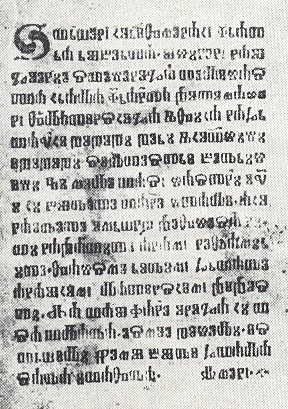
Misal hruacki, Rijeka 1531. (tiskara Šimuna Kožičića Zadranina):
...na Božju hvalu i hrvackog jazika posvećenje... (govoreći o knjizi; jazika = naroda)
Svršuet misal hruacki od slova do slova kužan i prepisan častnim va Isukrste gospodinom Šimunom Kožičićem Zadraninom biskupom Modruškim. ... (kolofon)
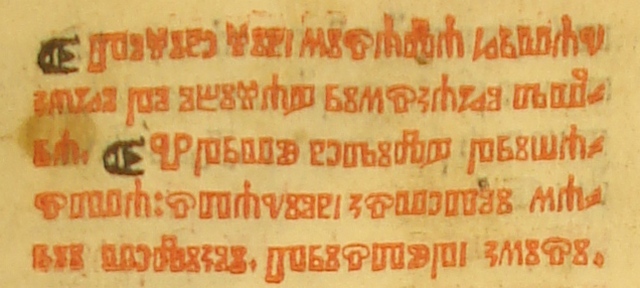
Počine čin misala hrvac-
kago po običaju rimskago dvo-
ra...
************************
Mali katekizam, Tübingen 1561.:
Postila, Tübingen 1562.:... I jedna predika, kako se ima ovo slovo, vera, u svetom pismu razumeti, krozi Stipana Konsula Istrijanina, s pomoću dobrih Hrvatov, sad najprvo istomačena.
Der klein Catechismus vnnd ein Predig vom rechten Christlichen Glauben in der Crobatischen Sprach.
... s pomoću dobrih Hrvatov ...
... in der Crobatischen Sprach ...
************************
Postila to jest, kratko istlmačenje vsih nedelskih Evanelijov i poglavitejih prazdnikov, skrozi vse leto, sada najprvo hrvatskimi slovi štampana.
Kurtze ausslegung uber die Sontags vnnd der fürnembsten Fest Euangelia durch das gantz Jar jetzt erstlich in Crobatischen Buchstaben getruckt.
... hrvatskimi slovi štampana.
... in Crobasicher Sprach ...
... mit Crobatischen Buchstaben getruckt.
ETC ETC
For more information see Croatian name in glagolitic texts from 1100 to 17th century
Oskar Nemon (1906-1985) distinguished Croatian sculptor
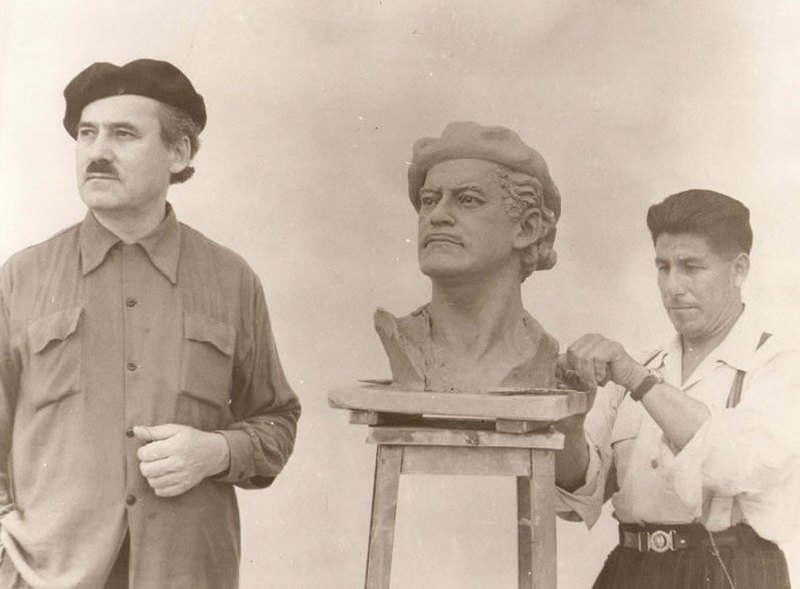
Oscar Nemon on the right, portrying Kristian
Krekovic,
distinguished Croatian painter. Where is this sculpture kept?
|
Oscar
Nemon
(1906-1985), outstanding sculptor and medallist, was born in Croatian
town Osijek, and has Jewish roots (Oscar Neumann). Having obtained
his
baccalaureate
in
Osijek, in 1923 he moved to Vienna. He was inspired and supported by Ivan Mestrovic,
a great Croatian sculptor.
In 1931 Nemon made a portrait of Sigmund Freud in person, for which Freud said to be "...a very good and astonishingly lifelike impression of me". After a short stay in Paris, having obtained bursary from his native city of Osijek, he went to Brussels in 1925, to study at the Academie des Beaux Arts. He stayed in touch with Osijek, and made for the city the monument "June Victims", commemorating the murder three Croatian members in the ex-Yugoslav Parliamnet in Belgrade in 1928, among them Stjepan Radic. In Burssels he made busts of King Albert I, Queen Astrid, and Auguste Vermeylen, a notable historian of the Flemish School of Painting.
Oscar Nemon portraying Sigmund Freud in 1931 In 1938, due to the Nazi invasion of Belgium, he fled to England, and lived in Oxford. During the WWII a larger part of his family perished in the Holocaust, including his mother and brother. In subsequent years he made sculptures of many distinguished persons, like Winston Churchil (in 1965, upon the invitation of the British Government, and on the occasion of his death), Queen Elizabeth II, Queen Mother (upon her request), Dwight Eisenhower, Harry Truman, Viscount Montgomery Alamein), Harold Macmillan, Margaret Thatcher, etc. It is interesting that Winston Churchil in return made his amateur sculpture of Oscar Nemon.
His obsession was an architectural utopian project of Universal Center of Ethics, and in this respect he seems to be similar to his compatriot Kristian Krekovic. In 1981 he made a bronze relief for Canterbury Cathedral. His last major work was a National Air Force Memorial for the city of Toronto, Canada, unveiled by The Queen in Toronto in 1984. For his exceptional achievements the University of St. Andrews in 1977 conferred Oscar Nemon an Honorary Doctorate of Letters. On the occasion of his death, a memorial retrospective exhibition of his works was organized in 1985 in Croatia, in his native city of Osijek.
|
Mate Ujević (1901.-1967.)
the founder and editor in chief of Croatian Encyclopaedia
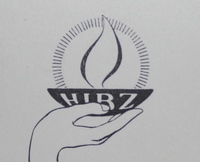
HIBZ - Hrvatski Izdavalački Bibliografski Zavod
(Croatian Publishing Bibliographic House, founded in 1941)
The first volume of Croatian Encyclopaedia, with the parallel Latin name Encyclopaedia Croatica, was published on 10 February 1941.
The second volume was published by the end of 1941, the third in 1942, the fourth by the mid 1943, and the fifth volume,
exceptionally rare, in May 1945, out of 12 planned volumes. Taking into account very difficult war conditions,
the achievement was indeed of amazing quality.

Volume III of Croatian Encyclopaedia, issued in 1942.
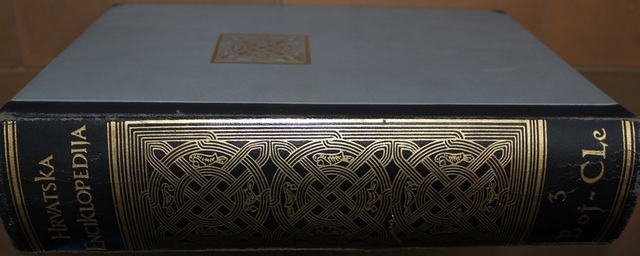
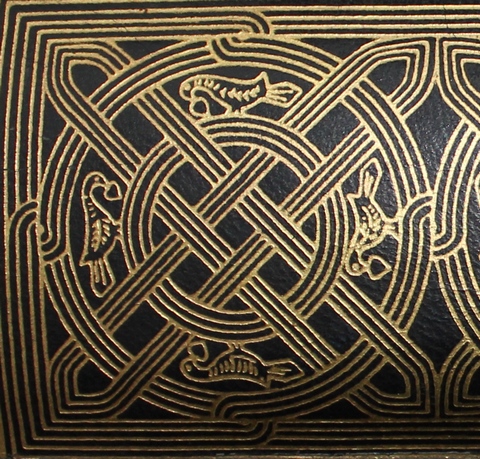
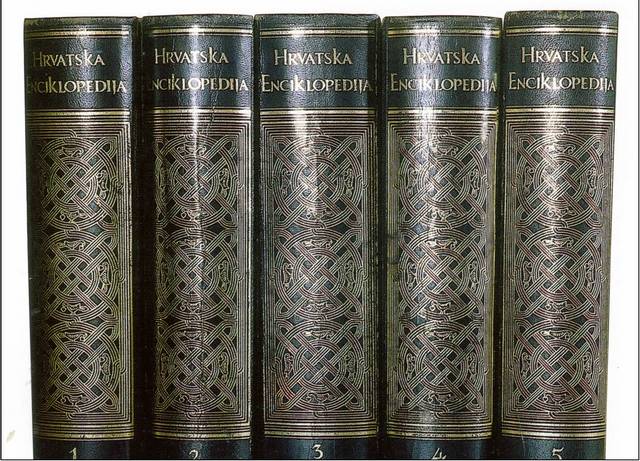
Five issues of Croatian Encyclopaedia, about 800 pp each.
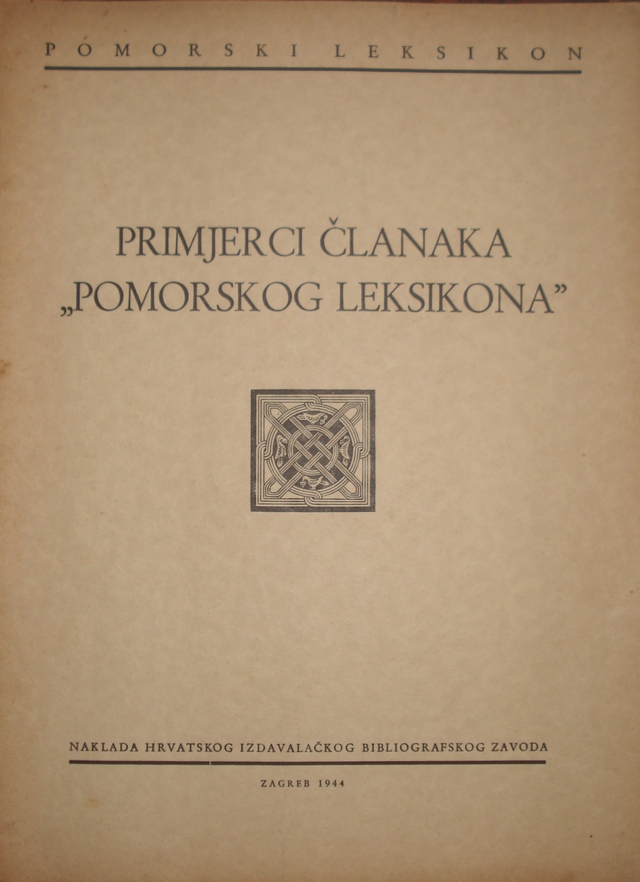
HIBZ je namjervao objaviti još jednu značajnu leksikografsku ediciju: Pomorski leksikon.
Zbor rata ovaj veliki projekt nije bio ostvaren. Međutim, dr. Mate Ujević je taj projekt ostvario
kasnije, u obliku Pomorske enciklopedije, godine 1954.
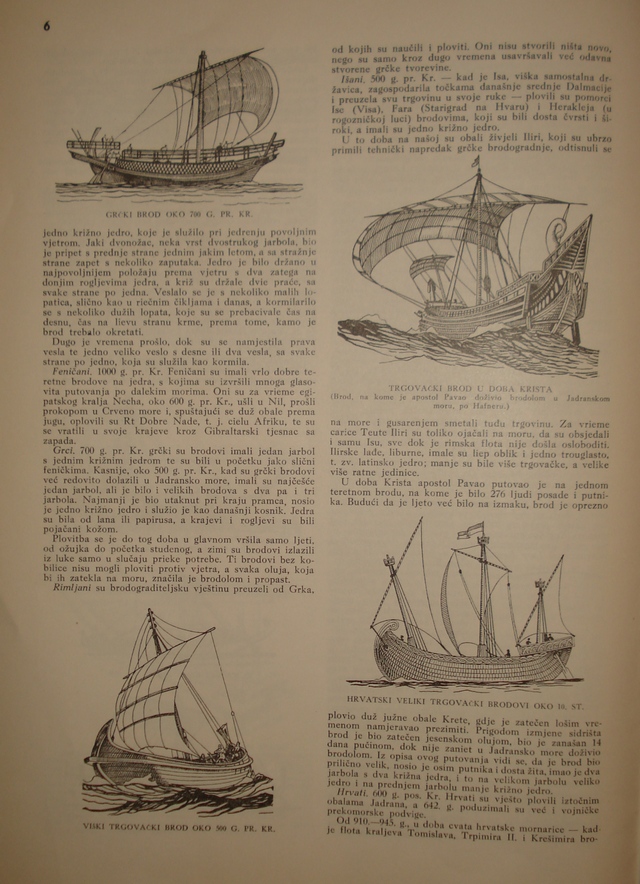
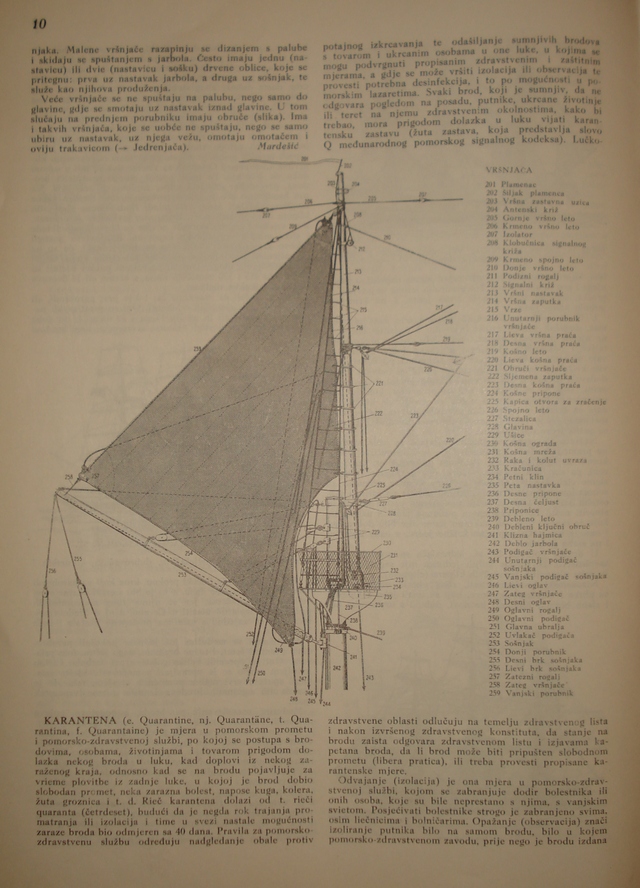
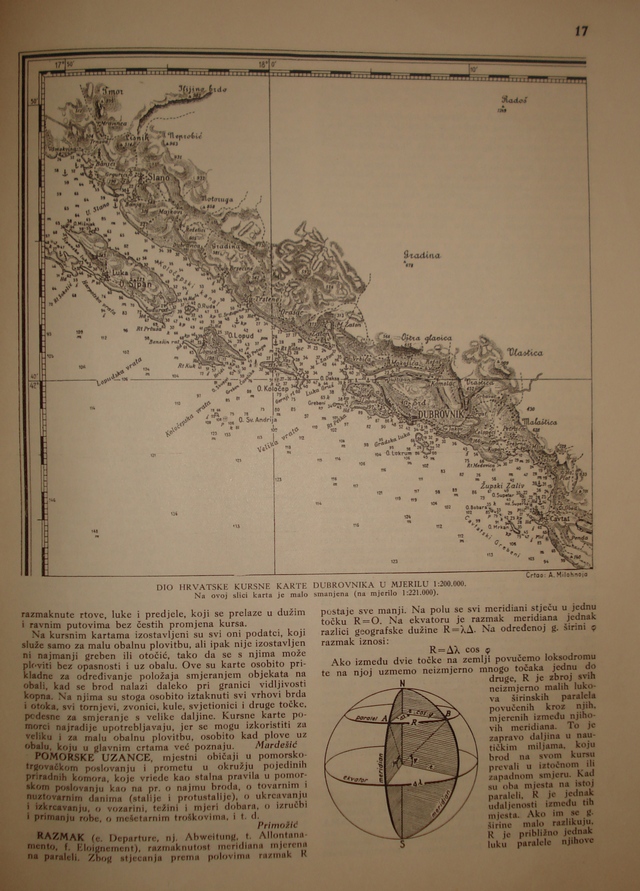
Primjerci članaka iz Pomorskog leksikona, koje je namjervao objaviti HIBZ - Hrvatski Izdavalački Bibliografski Zavod.
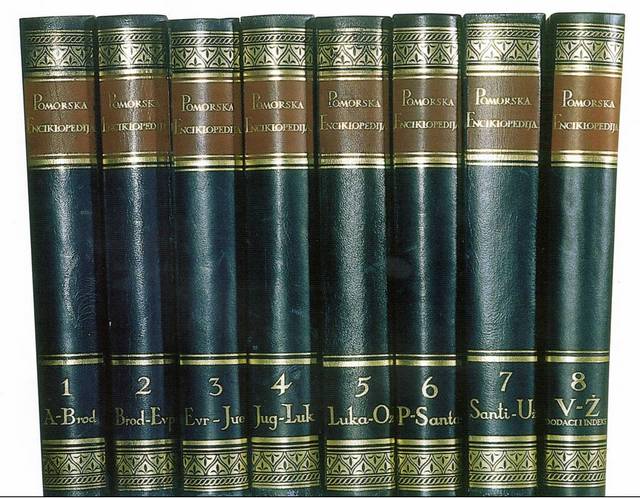
Mate Ujević bio je glavni redaktor Pomorske enciklopedije objavljene 1954. u osam svezaka.
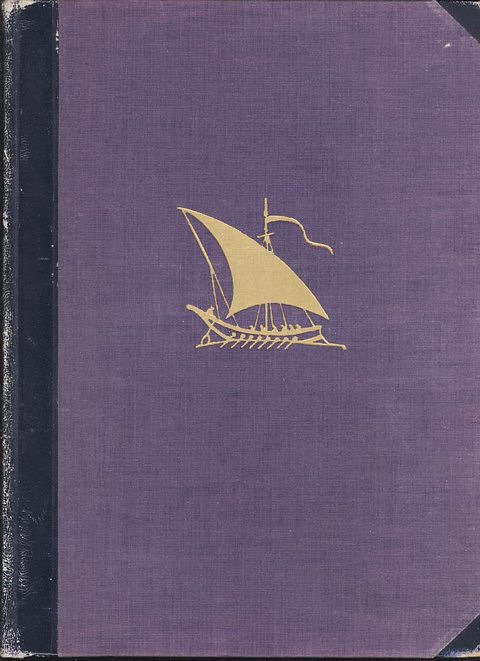
Pomorska Enciklopedija koju je uredio Mate Ujević, dovršena 1954.
Među sličnim izdanjima u svijetu ocijenjena je kao jedna od najboljih.
Kristian Kreković (1901-1985): Madona Ecumenica
donated to Pope Paul VI in 1972, kept in the Vatican Museum
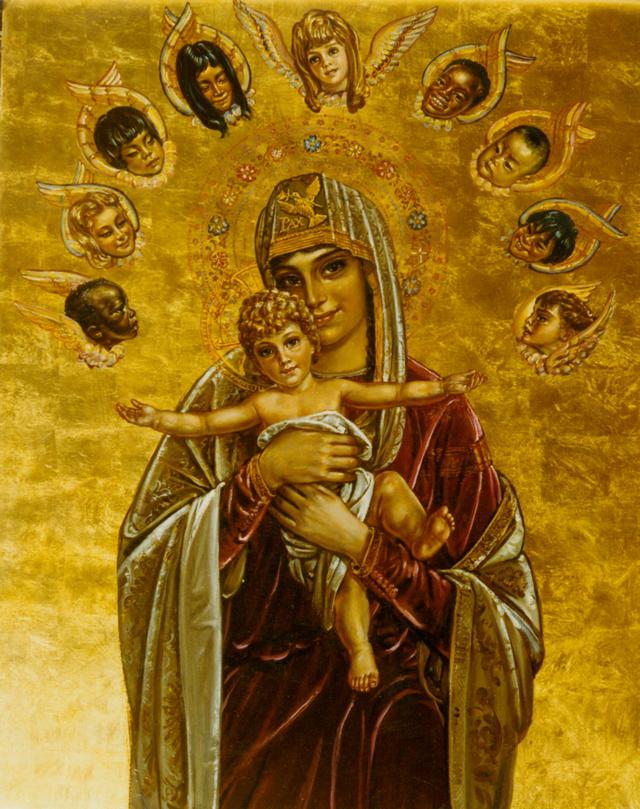


The two portraits of Madona Ecumenica represent Western and Eastern Christianity
Kristian Kreković (1901-1985), distinguished Croatian painter
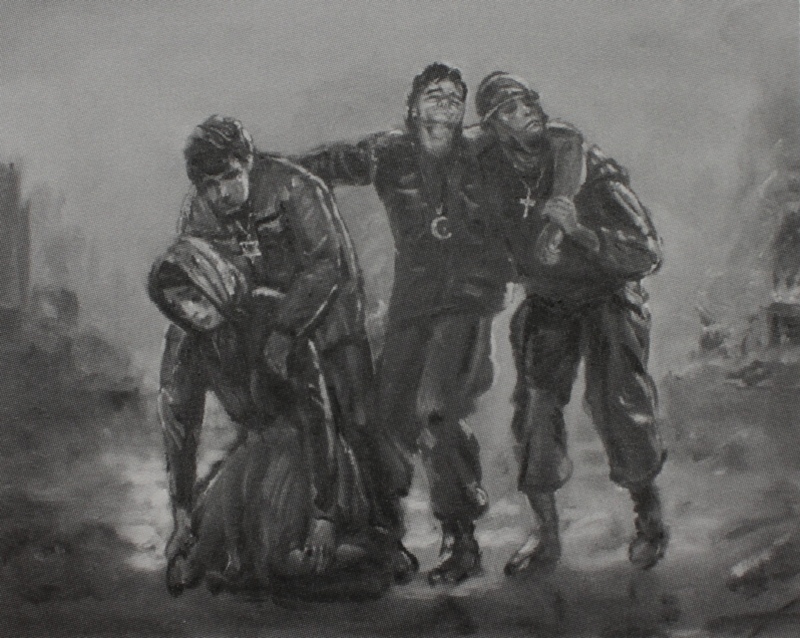
Kristian Kreković: Three soldiers and a woman, a sketch kept in Museu Kreković in Palma de Mallorca.
The source is extensive monograph KRISTIAN KREKOVIC, La collecció del Museu Krekovic,
written by Climent Romaguera i Rubí. Published by Palma: Consell de Mallorca, Department de Cultura, 2006.
We are glad to announce that an exhbition of Kristian Kreković's works of art will be solemnly opened in Zagreb on October 4 2011
in Ethnographic Museum (16 oils, a part of donation of 80 oils in 1994, Mažuranićev trg 14) and the Modern Gallery
(Hebrangova 1, 16 drawings). In Croatia only, more than 140 of his works of art are kept.
The first Croatian incunabulum was printed in 1483

The
first Croatian
printed book in Glagolitic
letters appeared as early as 1483,
only 28 years after Gutenberg's Bible, 6 years
after the first printed
book in Paris and Venice, one year before Stockholm, 58 years before
Berlin
and 70 years before Moscow. It was a Missal
(440 pp,
19x26 cm), unfortunately it is not known where it was printed. The
Croatian Glagolitic Script was the fifth to appear in the history of
European printing, very soon after the Latin, Gothic, Greek and Hebrew
scripts.
Eleven preserved copies of the first Croatian incunabulum are kept
in
Croatian Glagolitic Script |

Colophon of the 1483
Croatian incunabulum on its
last page:
Ljet
Gospodnih 1483 miseca pe- |
rvra dni 22 ti misali biše |
svršeni
(AD 1483 in February 22 this missal was completed)
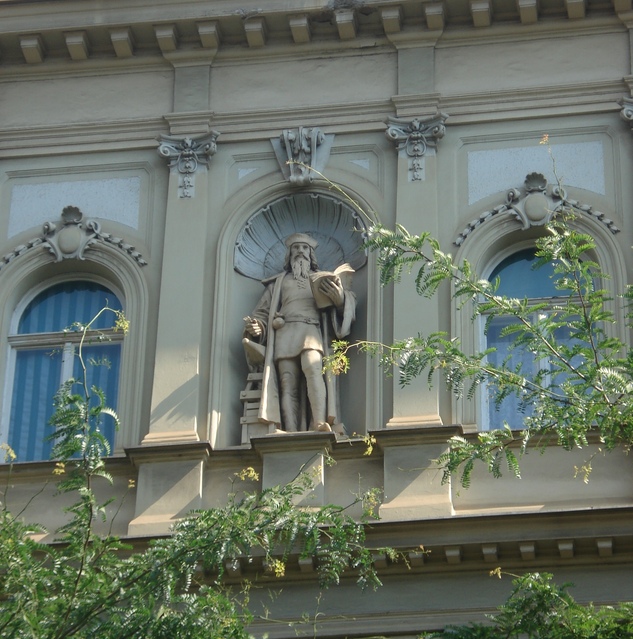
Monument of Johannes Guttenberg in Croatia's capital Zagreb, in Jurišićeva street, from 1887
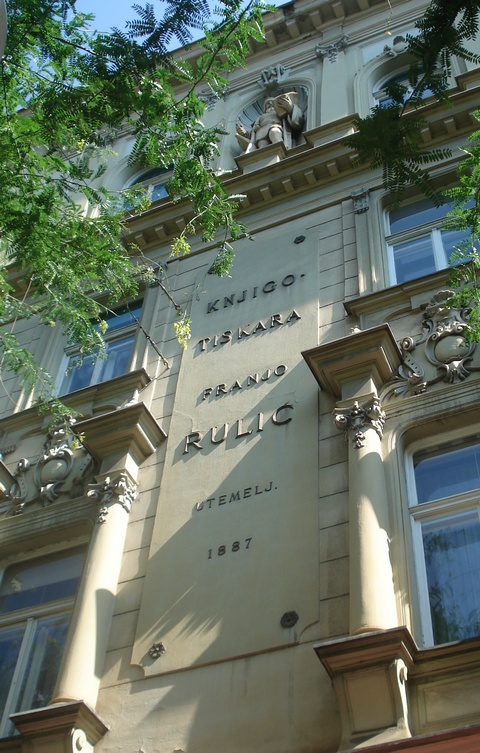
It is a rare such monument in the world.
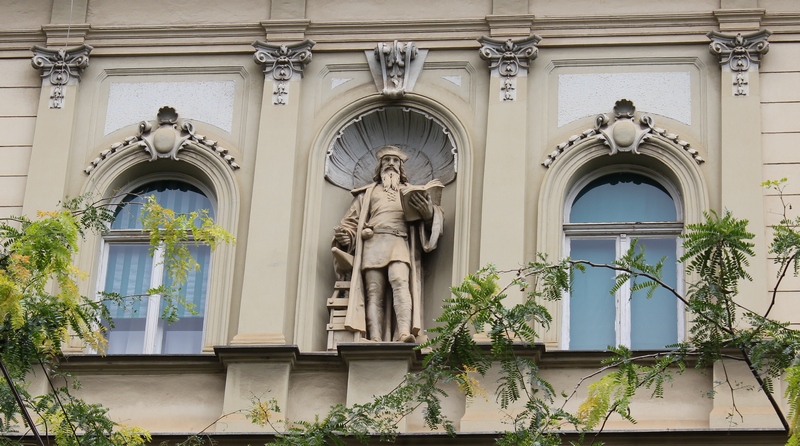
The statue of Johannes Gutenberg in Zagreb, from 1887

Queen Sofia of Spain solemnly opened the Museum of Kristian Kreković in Palma de Mallorca in 1981,
and is the honorary president of the Museum
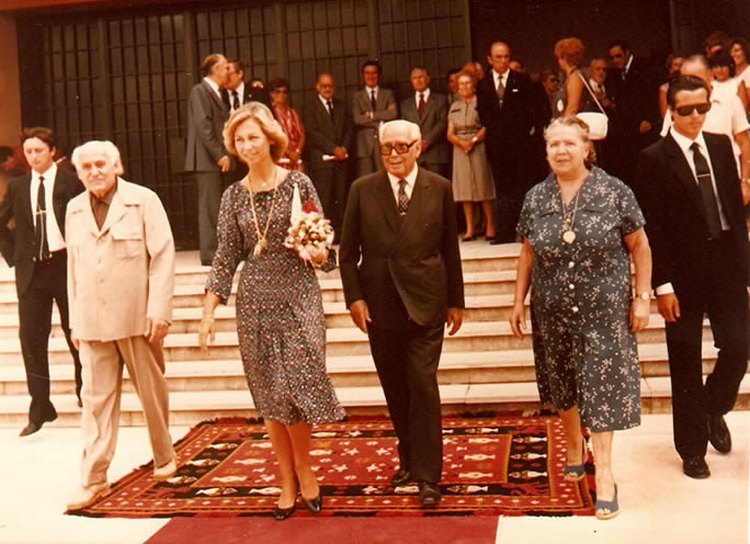
Kristian Kreković with queen Sofia of Spain in front of Museu Kreković in Palma de Mallorca
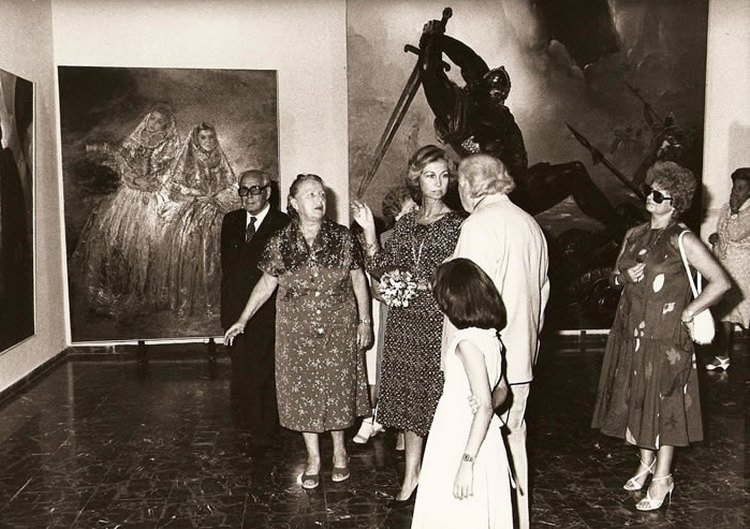
Kristian Kreković (1901-1985), distinguished Croatian painter, escorts queen Sofia of Spain through his Gallery in 1981.
On the left is his wife Sina Kreković, of the Jewish origin.
ANNOUNCEMENT
Some of Kreković's portraits kept in Croatia will be exhibited in the Modern Gallery in Zagreb (Zrinjevac), 4 October 2011, 7 pm,
and on 6 October, 7pm, an exhibition of his portraits will be shown in Ethonographic Museum in Zagreb.
Both exhibitions will be opened until the end of October.
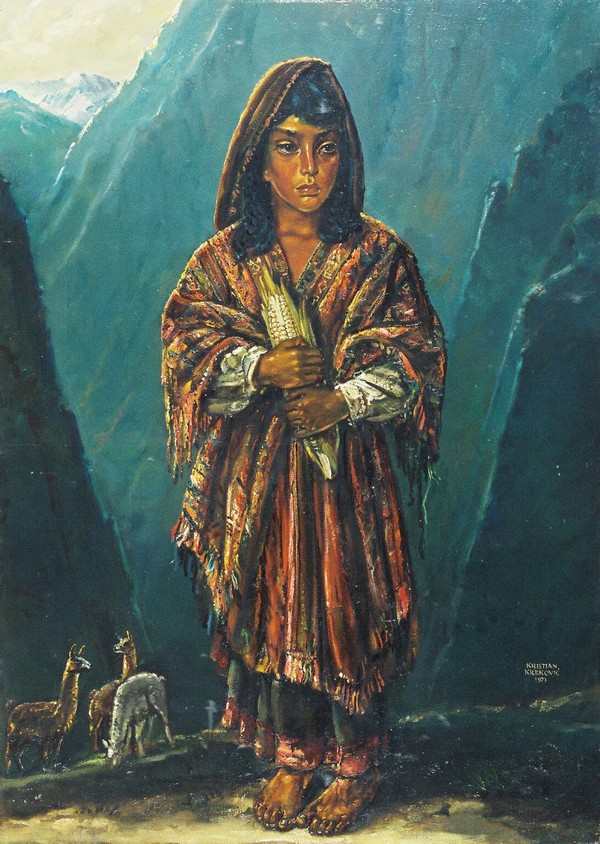
Some of Kristian Kreković's portraits kept in Croatia since 1994, not yet exhibited.
| Nikola Tesla |
| Moho layer |
| Torpedo |
| Schwarz airship |
| Propeller |
| California |
| Dreams |
| Acknowledgements |
| King of Dolls |
| Kristian Krekovic |

